The following excerpts are from ‘How Exactly Wolves Change the Course of Rivers’ by Ray Molina of yourdailymedia.com Mar. 1, 2014
…Trophic cascade is when the behavior of top predators have a trickling down effect on their environment. Let’s call these predators the “one percent.”

The one percent may be vicious killing machines who think only of themselves, but even bad intentions could have good outcomes. We are finding out that their murderous ways can be useful in controlling the over population of herbivores that are eating more than their fair share, which leaves little for a multitude of other animals lower on the food chain.

Eventually there will be plenty of wolves, perhaps even too many, and at some point we may need to protect the rest of the food chain from these top predators.

But like most things, if not everything, there’s a time and a place.
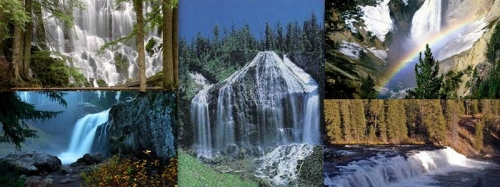
I do wonder about whether or not the Ecosystems would have just found a new way to balance themselves out over time. Who knows how long that might have taken though, or maybe it’s currently happening in ways we cannot yet witness.
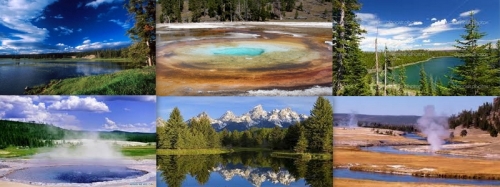
The main culprit of our Eco failures is you and me through our destruction of habitats through land-developing and hunting and pollution. We really blew it, and now we’re trying to cut our losses by celebrating animals that repair our mistakes.
In the video below, Author/Activist George Monbiot describes to an audience at TED the effects of Wolves that were reintroduced into Yellowstone National Park in the mid 90’s.
He describes how the wolves, in a relatively short period of time, have transformed the landscape and allowed more varieties of life to flourish. And wolves did it in ways we never expected.
It’s a humbling reminder of just how connected life on this planet really is.
The original TED talk by George Monbiot, gives numerous examples of how “rewilding” our ecosystem can give us back the earth our predecessors had the privilege of experiencing.
NOTE: There are “elk” pictured in this video when the narrator is referring to “deer.” This is because the narrator is British and the British word for “elk” is “red deer” or “deer” for short. The scientific report this is based on refers to elk so we wanted to be accurate with the truth of the story.
When wolves were reintroduced to Yellowstone National Park in the United States after being absent nearly 70 years, the most remarkable “trophic cascade” occurred. What is a trophic cascade and how exactly do wolves change rivers? George Monbiot explains in this movie remix.
Narration from TED: “For more wonder, rewild the world” by George Monbiot. Watch the full talk, here: http://bit.ly/N3m62h
Article link – http://www.yourdailymedia.com/post/how-exactly-do-wolves-change-rivers

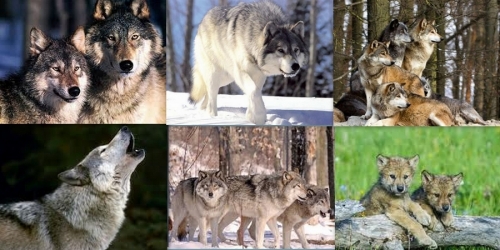

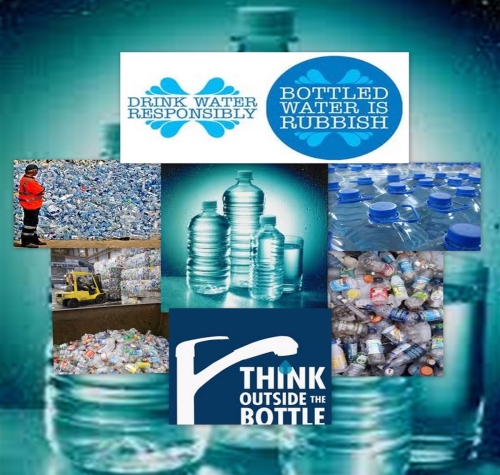


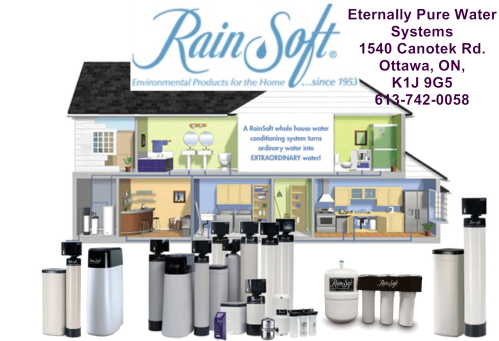


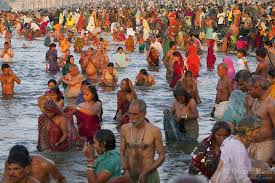






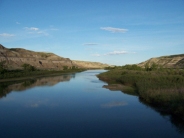
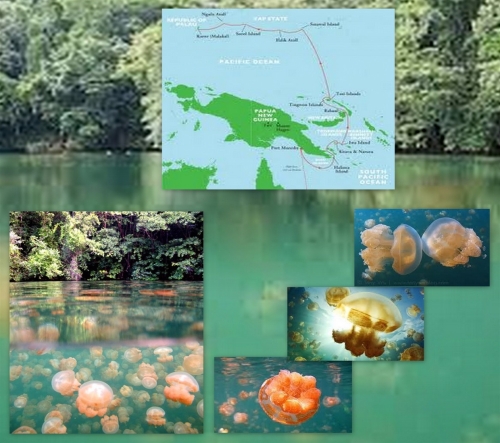






 When you think about everything in our world that needs water, and then think about how mankind has affected that resource on a global scale, the chances are high that you lack the whole picture. Fortunately, this short video on how we as humanity has affected water in the world today is here to help paint the global picture.
When you think about everything in our world that needs water, and then think about how mankind has affected that resource on a global scale, the chances are high that you lack the whole picture. Fortunately, this short video on how we as humanity has affected water in the world today is here to help paint the global picture.
 The
The  Links related to article:
Links related to article: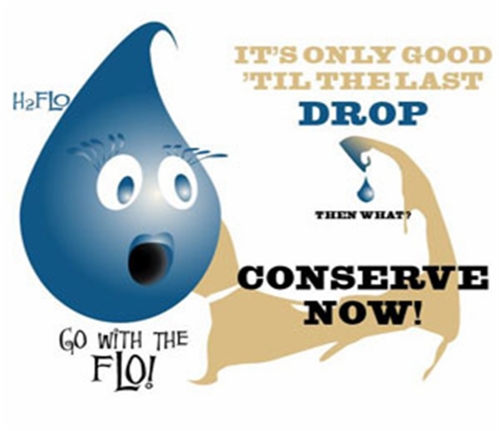
 More and more of my friends are flushing their toilets less and less. In fact, some of us are even flushing each other’s toilets less and less. That may sound like a ghastly breach of etiquette to the vast majority of
More and more of my friends are flushing their toilets less and less. In fact, some of us are even flushing each other’s toilets less and less. That may sound like a ghastly breach of etiquette to the vast majority of  Most of us have barely begun to size up our carbon footprint, and the concept of “peak oil” is just starting to seep into the MSM. But Jon Gertner’s chilling story on the
Most of us have barely begun to size up our carbon footprint, and the concept of “peak oil” is just starting to seep into the MSM. But Jon Gertner’s chilling story on the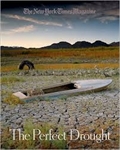 cover of Sunday’s
cover of Sunday’s 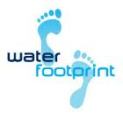
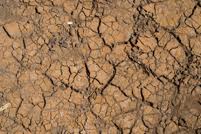
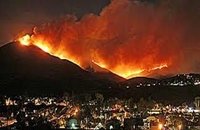 from San Diego to Santa Barbara
from San Diego to Santa Barbara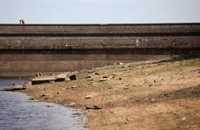 compounded by climate change has left reservoirs at an all-time low just when more and more people are relocating to the increasingly arid West. There’s not enough water to meet the growing demands of agriculture and development, and the situation is only going to get worse—much, much worse, according to the experts Gertner interviewed.
compounded by climate change has left reservoirs at an all-time low just when more and more people are relocating to the increasingly arid West. There’s not enough water to meet the growing demands of agriculture and development, and the situation is only going to get worse—much, much worse, according to the experts Gertner interviewed.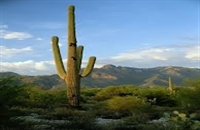 have a shrinking clean water supply. Those are on colliding paths…the people who move to the West today need to realize they’re moving into a desert…if they want to live in a desert, they have to adapt to a desert lifestyle.”
have a shrinking clean water supply. Those are on colliding paths…the people who move to the West today need to realize they’re moving into a desert…if they want to live in a desert, they have to adapt to a desert lifestyle.”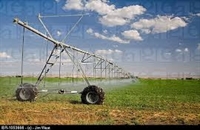 Those of us who hail from the irrigated deserts of California are familiar with the water-wise mantra “If it’s yellow, let it mellow; if it’s brown, flush it down,” or what Treehugger has dubbed “
Those of us who hail from the irrigated deserts of California are familiar with the water-wise mantra “If it’s yellow, let it mellow; if it’s brown, flush it down,” or what Treehugger has dubbed “ On this side of the Atlantic, the squandering of water is not only accepted, but expected.
On this side of the Atlantic, the squandering of water is not only accepted, but expected. 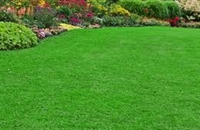 And then there’s the ubiquitous American lawn, utterly unsuited to much of the country’s climate, yet mandated by local ordinances… I was delighted by
And then there’s the ubiquitous American lawn, utterly unsuited to much of the country’s climate, yet mandated by local ordinances… I was delighted by 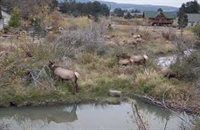 the other day devoted to a Boulder, Colorado CSA (community supported agriculture) run by a farmer, Kipp Nash, who works with suburban homeowners to convert useless lawns into productive vegetable patches.
the other day devoted to a Boulder, Colorado CSA (community supported agriculture) run by a farmer, Kipp Nash, who works with suburban homeowners to convert useless lawns into productive vegetable patches.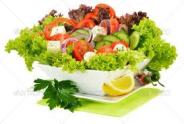 Lettuce in lieu of lawns? If our nation’s salad bowl turns into a dust bowl, we’re going to need a nation of Kipp Nashes to keep us in greens. The impending water crisis threatens the very foundation of our current agricultural system, which not only sucks up a huge percentage of the
Lettuce in lieu of lawns? If our nation’s salad bowl turns into a dust bowl, we’re going to need a nation of Kipp Nashes to keep us in greens. The impending water crisis threatens the very foundation of our current agricultural system, which not only sucks up a huge percentage of the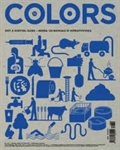 West’s water, but also spews copious amounts of chemicals back into our water supply, as Elizabeth Royte documents in her thorough–and thoroughly distressing–recent Grist feature,
West’s water, but also spews copious amounts of chemicals back into our water supply, as Elizabeth Royte documents in her thorough–and thoroughly distressing–recent Grist feature, 